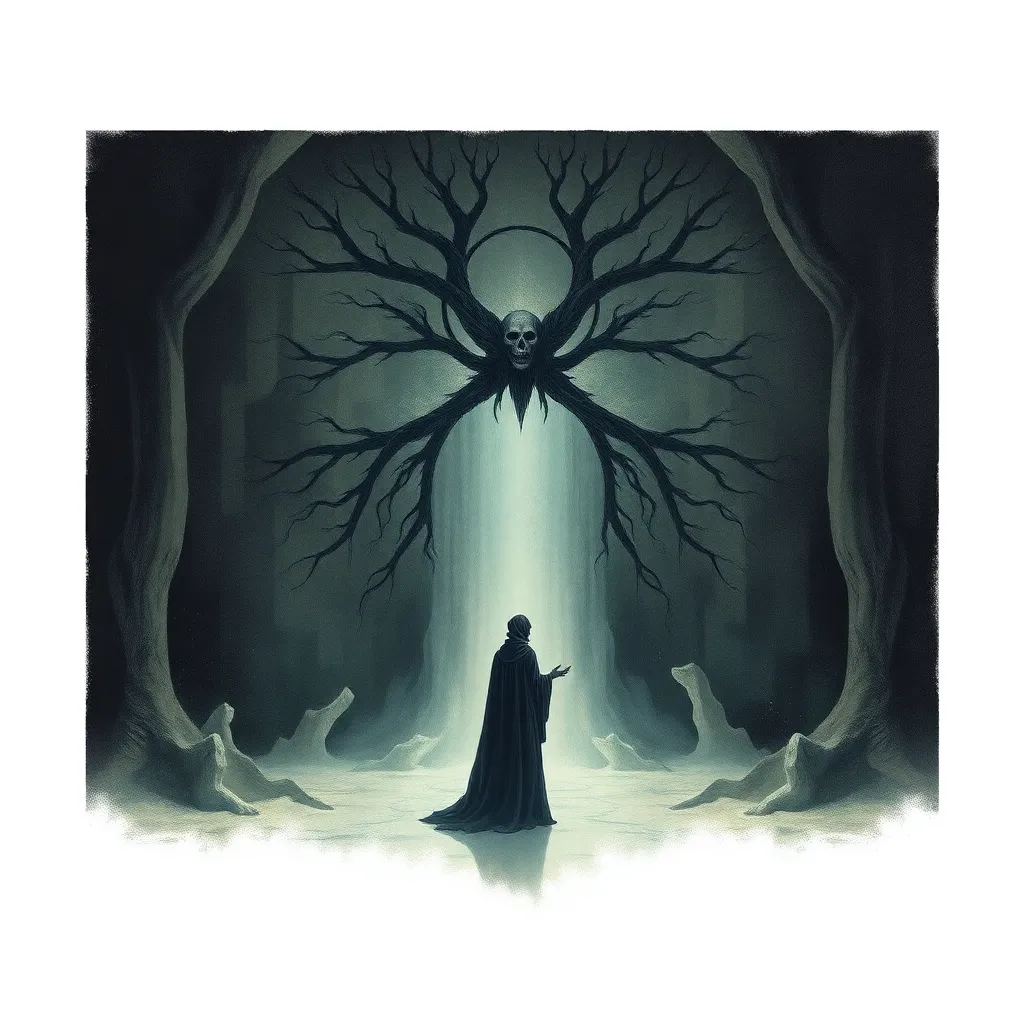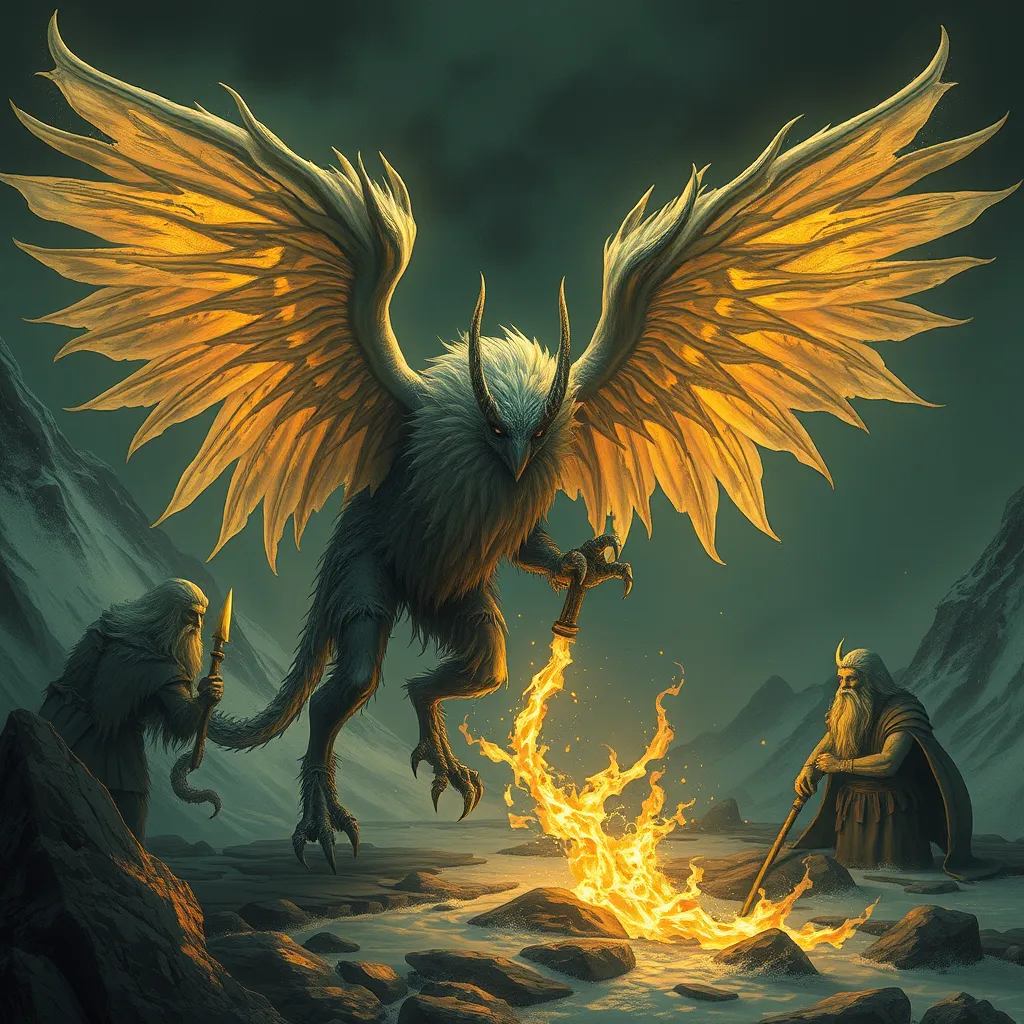The Kabbalistic Roots of Dybbuk Belief: Exploring the Spiritual Realm
I. Introduction
A Dybbuk, in Jewish folklore, is often described as the restless soul of a deceased person that clings to the living, seeking to possess them. This concept draws deeply from Jewish mysticism, particularly Kabbalah, which explores the nature of the soul and its journey through existence. The purpose of this article is to delve into the connections between Kabbalistic teachings and the belief in Dybbuks, shedding light on how these ancient ideas continue to resonate in contemporary discussions about spirituality and the afterlife.
II. Historical Context of Dybbuk Beliefs
The origins of Dybbuk legends can be traced back to various Jewish folklore traditions that emerged in Eastern Europe. These tales reflect the cultural and religious milieu of Jewish communities, particularly in the 16th to 18th centuries when Kabbalah gained prominence. Over time, Dybbuk narratives have evolved significantly, influenced by historical events such as the persecution of Jews, the mysticism of the Kabbalists, and the socio-political climate of the regions where these stories flourished.
- Origins of Dybbuk Legends: The earliest mentions of Dybbuks can be found in the writings of early Kabbalists and in folk tales.
- Evolution of Narratives: Dybbuk stories evolved from cautionary tales to more complex narratives exploring themes of redemption and spiritual unrest.
- Key Figures: Notable figures such as Rabbi Elimelech of Lizhensk and the playwright S. Ansky helped popularize these beliefs through their works.
III. The Concept of the Soul in Kabbalah
In Kabbalistic thought, the soul is not a singular entity but rather a composite of several parts. This understanding is essential for grasping the phenomenon of Dybbuks. Kabbalah teaches that the soul comprises the following components:
- Nefesh: The lowest aspect associated with the life force.
- Ruach: The spirit, encompassing emotions and intellect.
- Neshama: The higher soul, linked to divine consciousness.
- Chaya: The aspect of the soul that connects to the higher realms.
- Yechidah: The innermost, most divine aspect of the soul.
This multi-layered understanding of the soul plays a crucial role in Kabbalistic interpretations of life, death, and the afterlife. When a person dies, their soul can become fragmented, leading to the possibility of a Dybbuk—a soul that has not found peace and instead seeks to inhabit a living body.
IV. The Nature of Spiritual Entities in Kabbalistic Thought
Kabbalah recognizes a variety of spiritual entities, including angels, demons, and souls of the deceased. These entities are categorized based on their nature and influence:
- Benevolent Spirits: Angels and righteous souls that guide and protect the living.
- Malevolent Spirits: Entities that can cause harm or distress, including Dybbuks.
Dybbuks are viewed as restless souls, often due to unresolved issues or sins committed during their lifetime. Kabbalistic teachings suggest that these souls may cling to the living to fulfill their unfinished business, leading to possession and turmoil.
V. The Process of Possession and Exorcism
Dybbuks are believed to possess living individuals through a process that involves spiritual vulnerability. The possessed individual may exhibit various symptoms, ranging from changes in behavior to physical manifestations. Kabbalistic rituals for exorcising a Dybbuk typically include:
- Prayer: Invoking the names of God and specific prayers to drive out the Dybbuk.
- Meditation: Achieving a state of spiritual clarity to confront the spirit.
- Involvement of Spiritual Leaders: Rabbinical figures or Kabbalists often lead the exorcism, employing their knowledge of sacred texts.
The exorcism process is both a spiritual and communal effort, emphasizing the interconnectedness of the living and the deceased within Kabbalistic thought.
VI. Dybbuks in Literature and Popular Culture
Dybbuks have found a significant place in Jewish literature and folklore, often symbolizing deeper themes of identity, loss, and spiritual struggle. Notable representations include:
- S. Ansky’s “The Dybbuk”: A seminal play that explores themes of love, possession, and the supernatural.
- Folktales: Stories that often serve as moral lessons, highlighting the consequences of unresolved issues.
- Modern Adaptations: Films and literature that reinterpret Dybbuk themes in contemporary settings, merging Kabbalistic concepts with modern narratives.
VII. Contemporary Perspectives on Dybbuk Beliefs
Today, Dybbuk beliefs continue to hold relevance in modern Jewish communities, often discussed within the context of mental health and spiritual well-being. Some contemporary perspectives include:
- Relevance in Modern Communities: Dybbuk stories prompt discussions about grief, trauma, and unresolved emotional issues.
- Psychological Interpretations: Some psychologists view Dybbuks as metaphors for mental disturbances, representing internal conflicts or unaddressed trauma.
- Spiritual Exploration: The ongoing interest in Kabbalistic concepts reflects a broader search for meaning in the spiritual landscape of today’s society.
VIII. Conclusion
In summary, the relationship between Kabbalistic thought and Dybbuk beliefs reveals a rich tapestry of spiritual understanding that has evolved over centuries. The Dybbuk serves as a potent symbol of the complexities of the human soul, the nature of the afterlife, and the importance of resolving spiritual and emotional conflicts. As we reflect on these insights, we recognize the enduring significance of Kabbalistic teachings in shaping our understanding of the spiritual realm and its impact on our lives.




